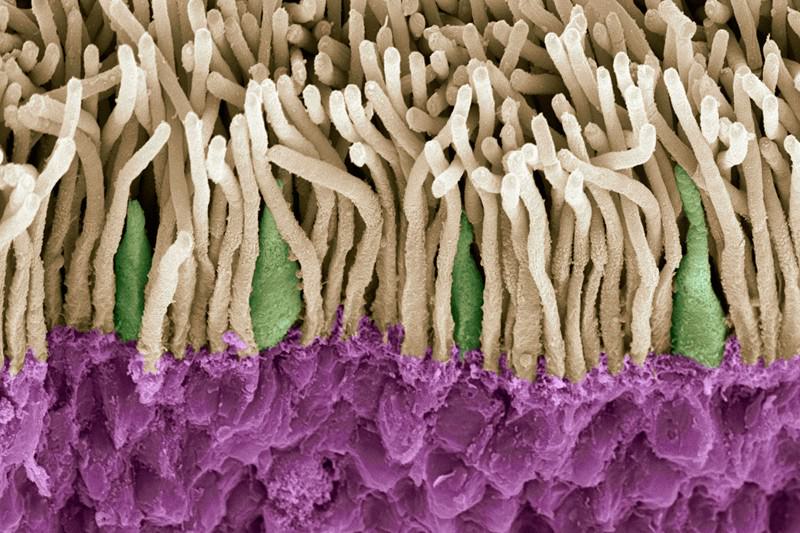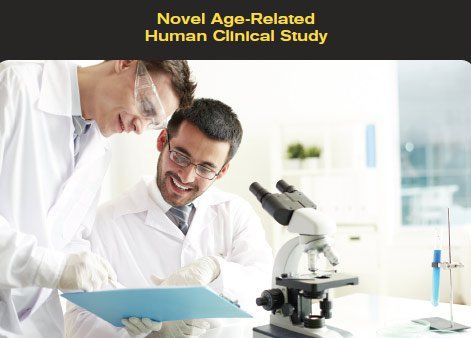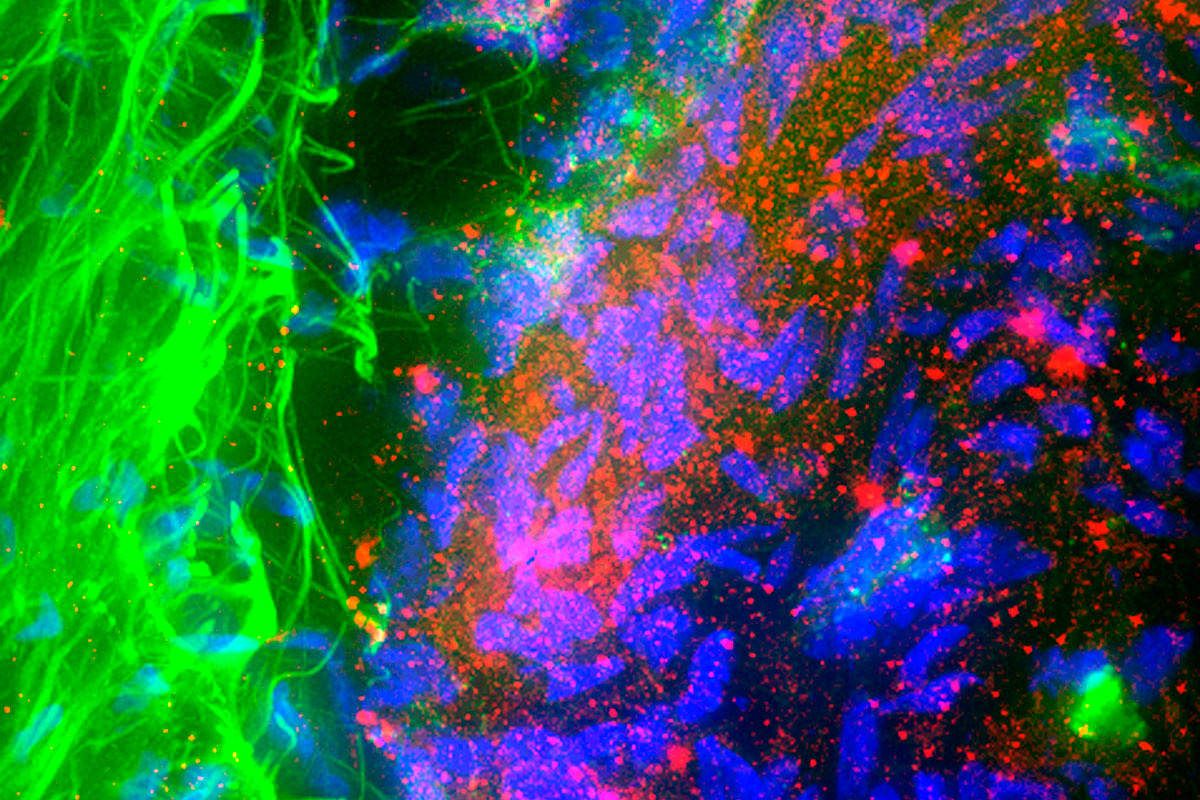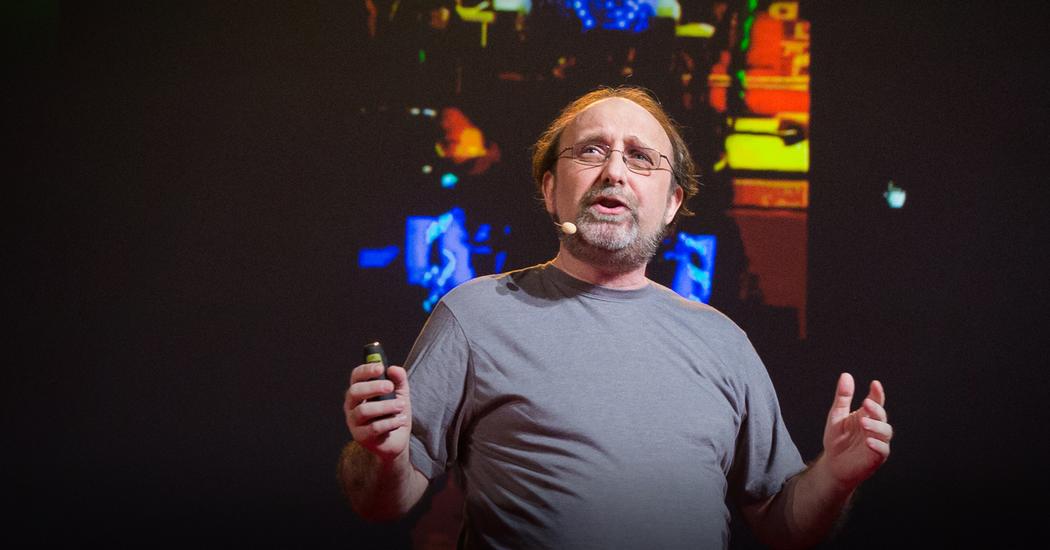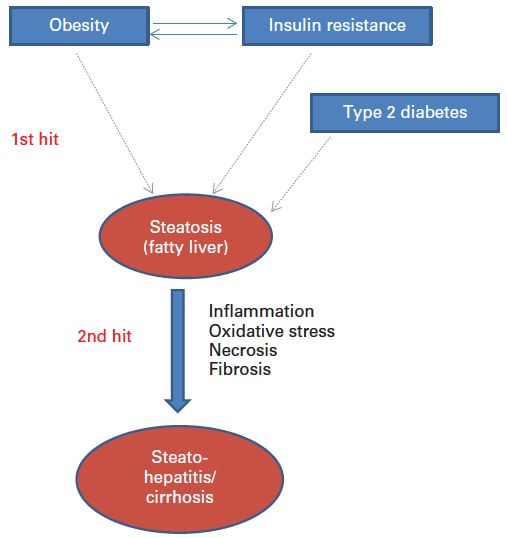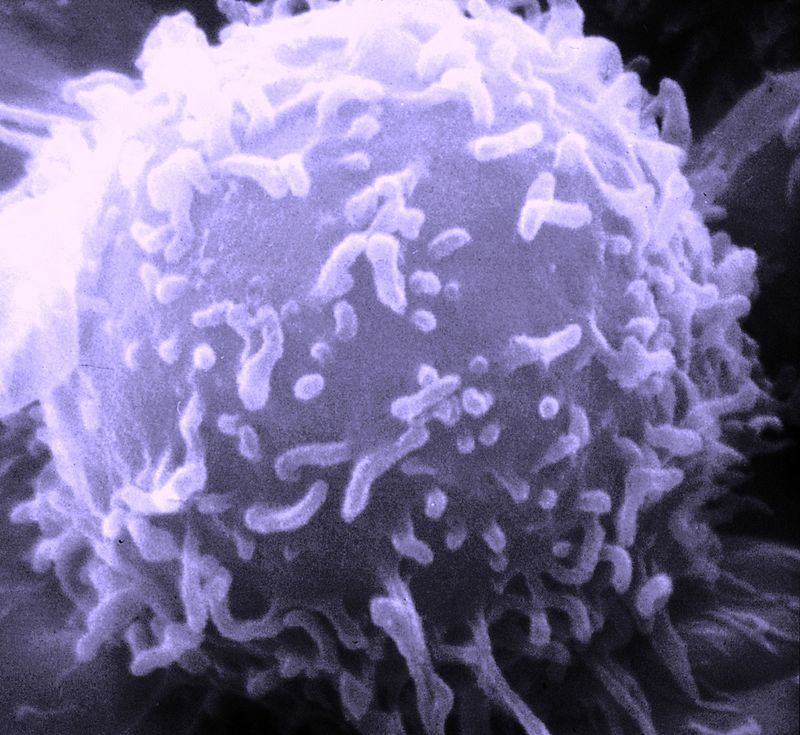Blind mice with destroyed retinas ran away from a swooping owl after treatment reprogrammed different cells in their eyes to detect light.
Archive for the ‘biotech/medical’ category: Page 2723
Aug 14, 2015
Reprogrammable optic chip has complete flexibility in processing of photons and is a pathway to quantum computing
Posted by Shailesh Prasad in categories: biotech/medical, computing, electronics, quantum physics
Researchers from the University of Bristol in the UK and Nippon Telegraph and Telephone (NTT) in Japan, have developing an optical chip that can process photons in an infinite number of ways.
It’s a major step forward in creating a quantum computer to solve problems such as designing new drugs, superfast database searches, and performing otherwise intractable mathematics that aren’t possible for super computers.
The fully reprogrammable chip brings together a multitude of existing quantum experiments and can realise a plethora of future protocols that have not even been conceived yet, marking a new era of research for quantum scientists and engineers at the cutting edge of quantum technologies.
Aug 14, 2015
Report: Human Age Reversal Research
Posted by Shailesh Prasad in categories: biotech/medical, life extension, neuroscience
“A protein found in the blood of young animals called GDF-11 is inducing systemic rejuvenation effects on bone, muscle, heart, blood vessels, and brains of older animals.
“GDF” stands for growth differentiating factor. It functions to turn “on” senescent stem cells, which results in a restoration of youthful structure and function to senile tissues. This same protein (GDF-11) is found in young humans as well as animals.
Harvard, Stanford, and other universities are conducting remarkable studies showing age reversal in animal models. Researchers from these centers of medical innovation are optimistic that this approach might be applicable to humans.”
Aug 14, 2015
Universal plaque-busting drug could treat various brain diseases — New Scientist
Posted by Steve Hill in categories: biotech/medical, health, life extension, neuroscience
A universal therapy that targets mis-folded proteins is a very significant step forward if clinical trials in humans translate from animals. Obviously there is more work to be done but it this is the kind of technology we need in order to intervene against biological aging.
It is not hard to see that a therapy like this followed up by another that regenerates the brain eg, the Conboy Lab work by promoting neurogenesis could be a way to repair and restore the brain to healthy function.
A drug that breaks up different types of brain plaque shows promising results in animals and could prevent Alzheimer’s and Parkinson’s disease.
Aug 13, 2015
Brain-to-brain communication has arrived. How we did it
Posted by Shailesh Prasad in categories: biotech/medical, cyborgs, neuroscience
You may remember neuroscientist Miguel Nicolelis — he built the brain-controlled exoskeleton that allowed a paralyzed man to kick the first ball of the 2014 World Cup. What’s he working on now? Building ways for two minds (rats and monkeys, for now) to send messages brain to brain. Watch to the end for an experiment that, as he says, will go to “the limit of your imagination.”
Aug 12, 2015
Overcoming Scarring: Cell Signalling Pathway Could Promote Regeneration
Posted by Roy in category: biotech/medical
Research on a cell signalling pathway common to mammals has now uncovered a signalling pathway and specific protein, which might act as a regulator in regeneration.
Aug 11, 2015
Controlling inflammation to reduce chronic disease risk
Posted by Sean Brazell in category: biotech/medical
Two-hit model of non-alcoholic fatty liver disease (credit: ILSI Europe)
In an open-access paper in the British Journal of Nutrition, a coalition of 17 experts explain how elevated unresolved chronic inflammation is involved a range of chronic diseases, and how nutrition influences inflammatory processes and helps reduce chronic risk of diseases.
According to the authors, “the nutrition status of the individual with for example a deficiency or excess of certain micronutrients (e.g. folate, vitamin B12, vitamin B6, vitamin 1, vitamin E, zinc) may lead to an ineffective or excessive inflammatory response.
Continue reading “Controlling inflammation to reduce chronic disease risk” »
Aug 11, 2015
3-D Printing: Could Downloadable Medicine Be The Future?
Posted by Roy in categories: 3D printing, biotech/medical
As 3-D printing gains steam and moves beyond plastics, it could be applied to many other industries, revolutionising medicine on the way.
An Ohio based pharmaceutical company Aprecia has now developed a 3-D printing technology which creates a more porous pill structure — allowing higher dose pills to dissolve quicker and making them easier to swallow for some patients. The same technology also allows precise doses to be layered in the same structure. A UCL team have also developed a technique for printing different shapes, which affects drug release.
“For the last 50 years, we have manufactured tablets in factories and shipped them to hospitals, for the first time, this process means we can produce tablets much closer to the patient.”
Aug 11, 2015
The Future of Medicine has Arrived: Baidu Unveils Their Mobile AI Doctor
Posted by Shailesh Prasad in categories: biotech/medical, robotics/AI
Baidu’s AskADoctor initiative is an ambitious project that recently emerged from Baidu’s deep learning division. We’ve gotta say, initial impressions seem very promising.
Aug 10, 2015
How Does Chronic Inflammation Lead To Cancer?
Posted by Roy in category: biotech/medical
Although inflammation has rather a bad reputation, it is a vital process which allows us to effectively fight off infection. Like many things however, there appears to be a balancing act, and when inflammation becomes maladaptive and persistent — it does more harm than good.
It seems that in the process of destroying adversaries, immune responses can create collateral damage which can set the stage for later cancerous developments.
